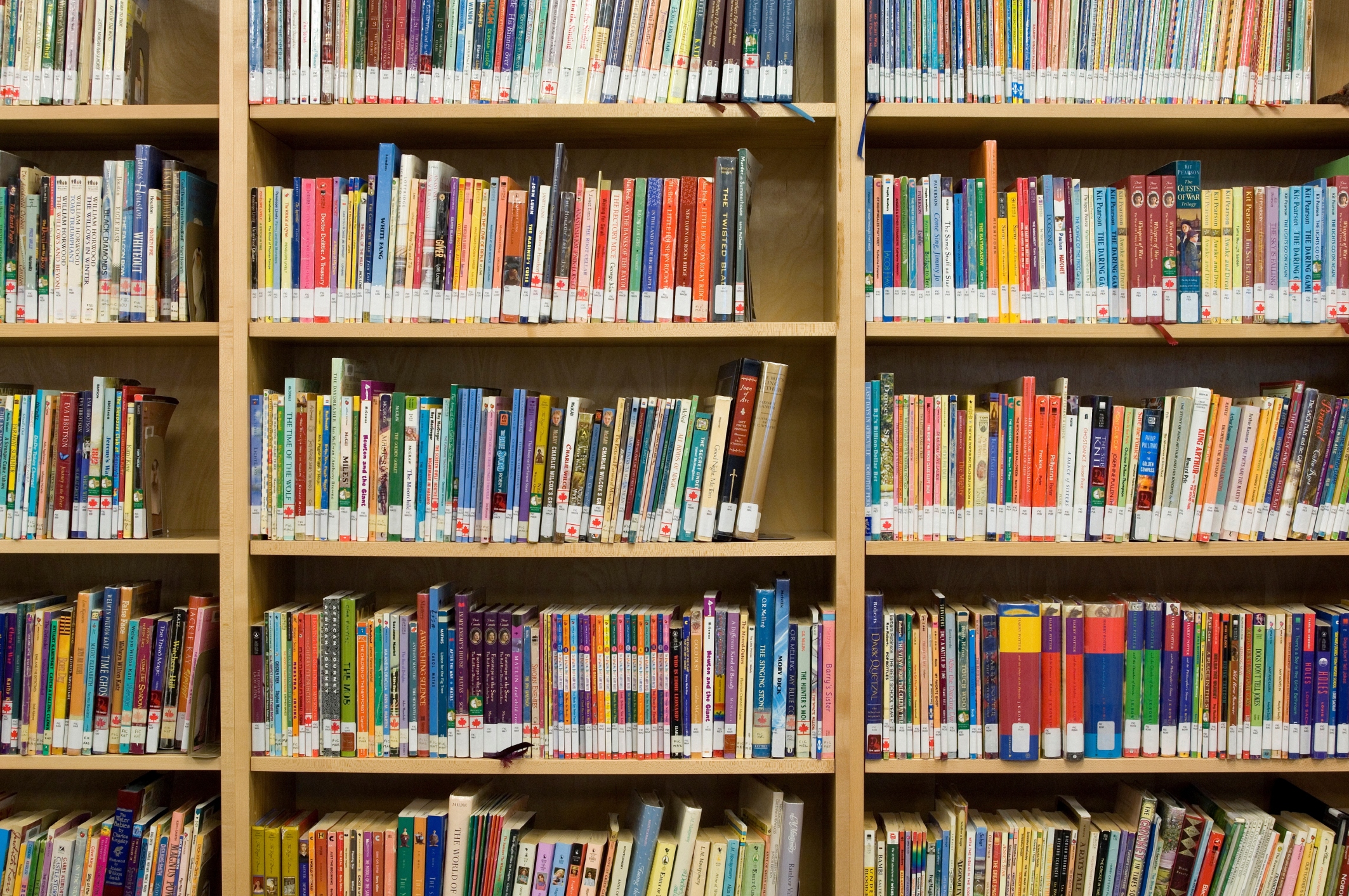Introduction: The Importance of Bookshelf Depth
Bookshelves are not only functional storage solutions but also integral elements of interior design in homes, offices, and libraries. When selecting a bookshelf, one crucial consideration is the depth of the shelves. The depth determines not only the amount of storage space available but also how well the shelves accommodate various items, including books, decor, and electronics. In this guide, we will explore the factors to consider when choosing the right bookshelf depth for your home, ensuring both functionality and aesthetics.

Understanding Standard Bookshelf Depths
Before delving into the factors influencing bookshelf depth selection, it’s essential to understand the standard depths available in the market. Typically, bookshelves come in depths ranging from 6 inches to 24 inches. However, the most common depths for standard bookshelves are:
- Standard Depth (10-12 inches): Standard bookshelves typically have a depth ranging from 10 to 12 inches. This depth provides ample space for storing books of various sizes, as well as smaller decorative items such as framed photos, vases, and collectibles.
- Deep Depth (14-24 inches): Deep bookshelves offer significantly more storage space, with depths ranging from 14 to 24 inches or more. These shelves are ideal for storing larger books, oversized decor items, and electronic devices such as TVs, stereos, and gaming consoles.
- Shallow Depth (6-9 inches): Shallow bookshelves are designed for spaces where floor space is limited, such as narrow hallways or small rooms. These shelves typically have depths ranging from 6 to 9 inches, making them suitable for displaying lightweight items such as paperback books, picture frames, and small ornaments.
Factors to Consider When Choosing Bookshelf Depth
Several factors should influence your decision when selecting the depth of bookshelves for your home. Consider the following:
- Available Space: Measure the available space where you intend to place the bookshelf, including the width, height, and depth. Ensure that the chosen depth allows for easy access to the shelves and does not obstruct traffic flow or interfere with other furniture arrangements in the room.
- Intended Use: Consider how you plan to use the bookshelf and what items you intend to store on the shelves. If you primarily need storage for books of standard size, a standard-depth shelf may suffice. However, if you have larger or oversized items to display, such as art books, vinyl records, or multimedia equipment, a deeper shelf may be more suitable.
- Room Aesthetics: Take into account the overall aesthetic and design style of the room where the bookshelf will be placed. Choose a depth that complements the existing furniture and decor, ensuring that the bookshelf enhances the visual appeal of the space rather than overpowering it.
- Accessibility: Consider the ease of access to items stored on the shelves. Shelves that are too deep may make it difficult to reach items stored at the back, leading to frustration and inconvenience. Opt for a depth that allows for easy retrieval of items without straining or stretching.
- Future Flexibility: Anticipate any future changes in your storage needs or room layout when selecting the depth of the bookshelf. Choosing a versatile depth that can accommodate a variety of items will ensure that the shelf remains functional and relevant even as your needs evolve over time.
Practical Considerations for Different Room Types
The ideal bookshelf depth may vary depending on the room where it will be placed and its intended use. Consider the following practical considerations for different room types:
- Living Room: In the living room, where the bookshelf may serve as a focal point or display area for books, decor, and entertainment systems, consider opting for a deeper shelf to accommodate a variety of items and create visual interest.
- Home Office: In a home office or study where the primary focus is on storing books, reference materials, and office supplies, choose a standard-depth shelf that provides ample storage space while maintaining a streamlined and organized look.
- Bedroom: In the bedroom, where space may be limited, consider opting for a shallow-depth shelf that can double as a nightstand or bedside table. This allows for convenient storage of books, reading glasses, and other bedside essentials without taking up too much floor space.
- Children’s Room: In a children’s room or playroom, where the bookshelf may need to accommodate a mix of books, toys, and games, consider choosing a deeper shelf with adjustable shelves to accommodate changing storage needs as children grow.
Conclusion: Finding the Perfect Balance
In conclusion, choosing the right bookshelf depth for your home requires careful consideration of various factors, including available space, intended use, room aesthetics, accessibility, and future flexibility. By taking these factors into account and assessing your specific needs and preferences, you can select a bookshelf depth that strikes the perfect balance between functionality and aesthetics. Whether you opt for a standard-depth shelf for versatile storage or a deeper shelf for showcasing oversized items, the goal is to create a harmonious and organized space that enhances the overall appeal of your home. With the right bookshelf depth, you can enjoy both practical storage solutions and stylish interior design for years to come.


